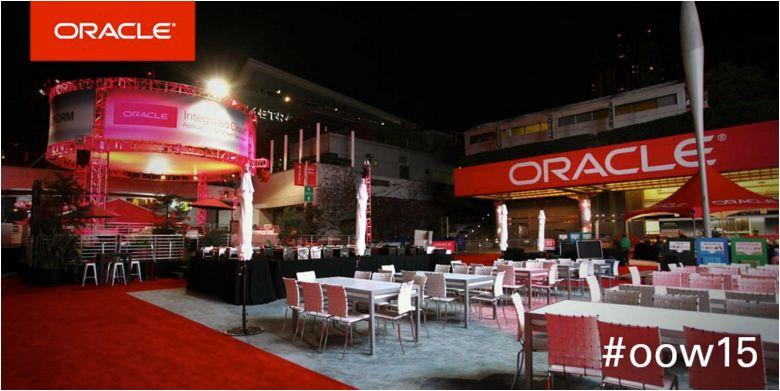Oracle says its SPARC M7 microprocessor, the world’s first silicon-based memory intrusion detection and a high-speed encryption chip, offers data security and memory protection without performance degradation and is cost-effective.
With the new microprocessor that has taken data security to an entirely new level, the global software and cloud major Oracle is three to five years ahead of its competitors and have received a good response from the Indian companies.
“Traditionally, whenever we provide security, it results in a performance degradation and cost increase. We have architectured this microprocessor in a way in which the application integrity checks are happening at a crypto-level,” Amit Malhotra, head (systems LoB), India systems at Oracle, told IANS in an interview.
Oracle introduced 32-core, 256-thread SPARC M7 at the “OpenWorld 2015” conference in San Francisco in October this year. “The security is always on with the first-ever hardware-based memory intrusion detection. It detects cyber threats real-time and shut and eliminate bugs,” Oracle’s executive chairman and chief technology officer Larry Ellison announced during the launch.
“This processor has 32 cores while everybody else in the market is offering only 16 or less cores. Each core has eight threads, so you are getting 256 threads with M7. Most of the applications are written in JAVA and each JAVA application uses one thread at a time, so because of the high-core density, you get better performance,” Malhotra explained.
Other microprocessors try to optimise performance by reducing security features but with the high number of threads in M7, the workload on the main cores is not affected by the security aspect and the performance degradation does not happen.
“With SPARC M7, the performance is of the roof with its ‘always on security’ and the price is almost 1.8x lower than our previous inventions,” he noted.
Apart from the “always on” security and no performance degradation, this microprocessor also helps in memory protection.
For any application to write in the processor, some memory is needed in the system. When malicious software comes in, it sits on the top of the application and through this application, it accesses the memory infecting the whole database.
“We have offered a lock and key mechanism in this microprocessor. The lock is with the processor and the applications have the key. So only the application that has a key can access the memory. A malicious software on top of the application cannot access the memory because it does not have an access to the key,” Malhotra explained.
On a question about how SPARC M7 is going to change the data security scene for the Indian companies struggling at the online security front, Malhotra said this microprocessor is in the innermost layer of the server so it is the most effective means to stop malware intrusion.
“All the security layers are at the top (and you can have many security levels). But when a malware enters is inside, through those security layers, there is no stopping of it from accessing the memory,” the Oracle India executive pointed out.
“We are going inside and the malware, which breached the security levels, will not get access to memory until it has access to the key. Obviously, the inner you go, the more effective it is,” he added.
He also said the entry of “embedded security right in hardware” will stump their closet rivals when it comes to data security as they, with the technology they have, are three to five years ahead of everybody else.
Replying to a question about the response in the local market, he said that the Indian companies have reacted positively to the microprocessor.
“We have received an immense initial response from the Indian customers and retailers in the form of a flood of queries. Soon we will start shipping M7 microprocessor to Indian customers,” Malhotra said.
“We have been able to pack security and memory in Silicon. Some of the important SQL queries — which are needed to improve performance and which till now softwares have been doing — have been put in the chip level itself. So the security is in the chip and all the SQL algorithems are in the chip,” Malhotra explained.
Sourabh Kulesh / IANS

